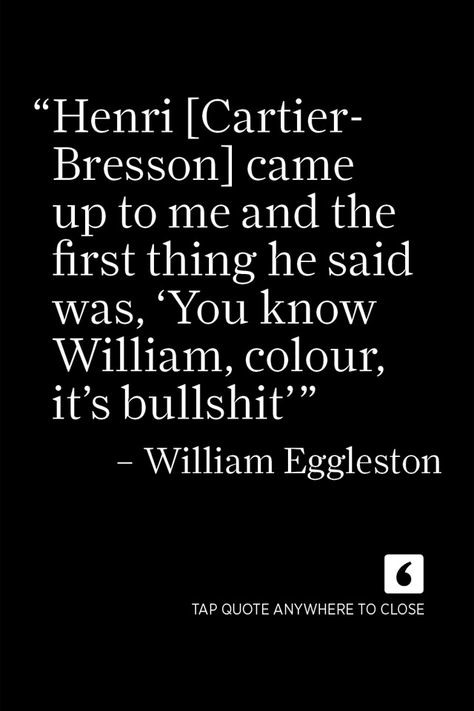索尼阿法 wrote:
例如你這張圖,如果你(恕刪)
謝謝您專程登入政治版小號和先前對228。0主題的支持,關於您前則對黑白影像的回應可能有所誤解,因原回覆對象已經刪除貼文讓您對不到上下文,這張圖也是回應原層主所附黑白無家者側影才張貼的。但是以您的專業對這起街頭偶發事件的評價我無法苟同,摒除其它因素凸顯主體的方式有很多種,可能用廣角仰視、標準焦段近距離平視,或我在此選擇的長焦壓縮。假設您對長焦壓縮沒有意見,單單認為是色彩干擾了主體應該轉為黑白,我們常說一個笑話:貓熊這輩子最大的願望就是拍一張彩色照片。在這個花花世界,如果有機會可以選擇留下一點什麼,在光影和色彩之間難道您也願意僅僅留下當下的光影嗎。回到正題,若您是以街頭攝影的角度看這張照片,去飽和再適度的加強對比凸顯主體和周遭人物,的確可以快速的讓照片變得看起來更吸引人。但在我看來,琳瑯滿目的彩色街招下,不願上白車裹著白色被單的無家者,和橘色更顯無奈握拳而立的救護員,更是我想傳達的或許可以稱為紀實而非街拍的一面。以前和人聊起電影總是不知不覺,一部部彩色又黑白談下去,總是在突然之間某個細節回憶不起來,才煞然意識到我們正在談的是一部黑白電影,卻不慎跌落一禎禎的光影間恍若未覺。既然您也是愛好攝影之人,這裡推薦您一部2000年的電影:鯨魚馬戲團。希望您看完後,也和我一樣陷入一片黑白的世界無法自拔。另外提醒您,這棟樓除了前面客運上的手機偷拍外全部皆為底片拍攝,如果您對黑白攝影有興趣,建議您也試試底片。






























































































